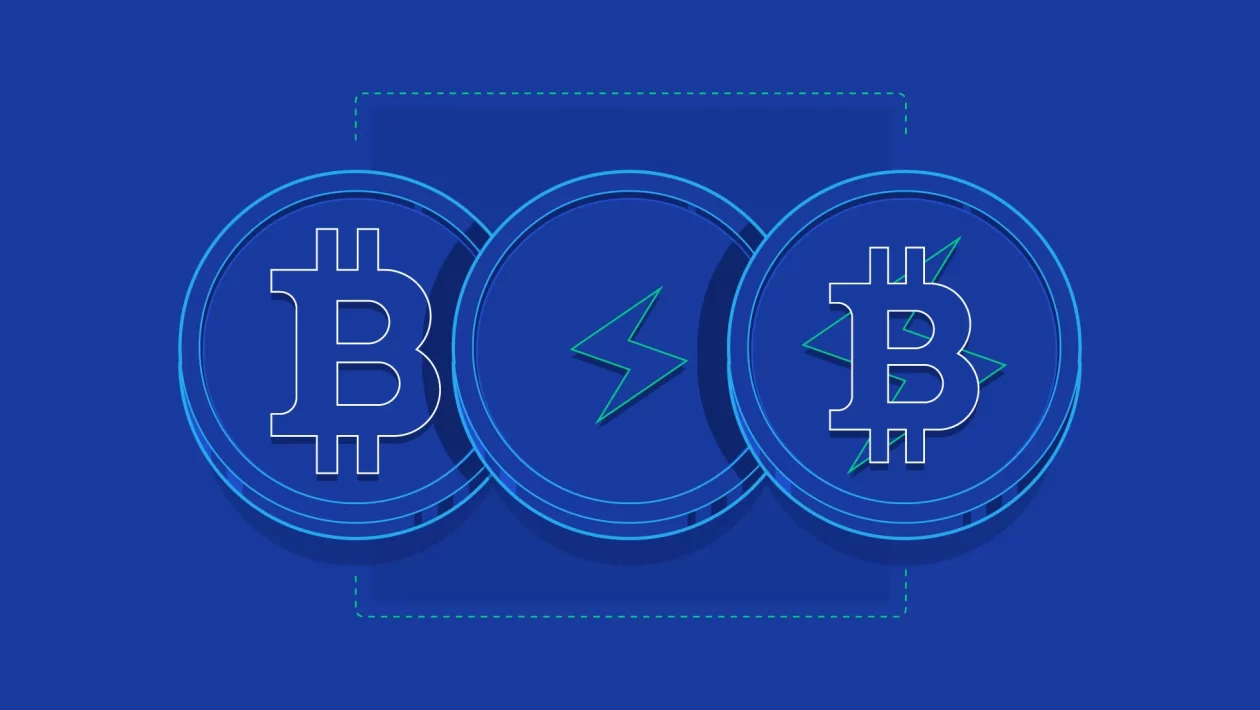In the ever-evolving landscape of cryptocurrency, one innovation stands out as a beacon of hope for Bitcoin’s scalability and efficiency issues: the Lightning Network. As the world of digital finance continues to expand, the need for faster and more cost-effective microtransactions has become increasingly apparent. The Lightning Network, a second-layer protocol built on top of the Bitcoin blockchain, addresses these concerns and has the potential to revolutionize the way we conduct transactions using Bitcoin. Venture to our website to uncover a Hidden Gem and learn all there is to know.
Understanding the Need for a Solution
Bitcoin, often hailed as digital gold, has struggled with its scalability since its inception. As the popularity of Bitcoin has grown, so has the congestion on its blockchain. This congestion leads to higher fees and slower confirmation times, making it less practical for small transactions. Imagine buying a cup of coffee with Bitcoin and having to wait for several confirmations before you can take that first sip – it’s not an ideal user experience.
Microtransactions, which involve tiny amounts of cryptocurrency, are particularly susceptible to these challenges. The fees associated with processing these transactions can often outweigh the value of the transaction itself. This is where the Lightning Network comes into play, providing a solution that enables near-instant microtransactions with significantly lower fees.
How the Lightning Network Works
At its core, the Lightning Network is a network of off-chain payment channels. These channels allow users to conduct transactions without directly interacting with the Bitcoin blockchain. Instead, multiple transactions are grouped together and settled on the blockchain only when the channel is closed.
Here’s how it works:Imagine two individuals, Alice and Bob, who frequently exchange Bitcoin. They can open a payment channel between them by creating a multi-signature wallet on the blockchain. This wallet holds a certain amount of Bitcoin that they allocate to the channel. Now, Alice and Bob can exchange Bitcoin between themselves as many times as they want, with each transaction being recorded off-chain.The brilliance of the Lightning Network lies in its ability to enable trustless and instantaneous transactions. Each party can close the channel at any time, and the latest channel state is recorded on the Bitcoin blockchain. This approach drastically reduces the congestion on the main chain while still ensuring the security of transactions.
Benefits and Advantages
The Lightning Network offers a multitude of benefits that contribute to its growing popularity within the cryptocurrency community:
- Lightning-Fast Transactions: As the name suggests, the Lightning Network enables lightning-fast transactions. Since transactions occur off-chain and don’t require extensive confirmations, users can send and receive Bitcoin instantly.
- Reduced Transaction Costs: With the Lightning Network, users can avoid the high transaction fees associated with on-chain transactions. The cost savings are particularly significant for microtransactions, where traditional fees can outweigh the transaction amount.
- Scalability: One of the most pressing challenges for blockchain-based systems is scalability. The Lightning Network tackles this issue head-on by processing a large number of transactions off-chain, alleviating the strain on the main blockchain.
- Enhanced Privacy: The Lightning Network enhances privacy by keeping a majority of transactions off-chain. This reduces the exposure of sensitive transaction details to the public blockchain.
- Micropayments and New Use Cases: Microtransactions become feasible with the Lightning Network, opening doors for new use cases. Content creators, for instance, can receive tiny payments for their work, revolutionizing the way we support online content.
Challenges and Future Outlook
While the Lightning Network offers a promising solution, it’s not without its challenges. Network participants need to be online to transact, and routing payments across multiple channels can be complex. Moreover, the network is still in its relative infancy, and further development and testing are needed to ensure its long-term viability.
However, as the cryptocurrency community collaborates and innovates, these challenges are likely to be addressed. The Lightning Network represents a step forward in the ongoing journey toward making cryptocurrencies more accessible and practical for everyday use.
Conclusion
The Lightning Network has emerged as a beacon of hope for Bitcoin’s scalability and transaction efficiency. By leveraging off-chain payment channels, it offers lightning-fast transactions, reduced costs, and enhanced privacy. While challenges remain, the potential for the Lightning Network to reshape microtransactions and unlock new use cases is undeniable.
As the cryptocurrency ecosystem continues to evolve, the Lightning Network stands as a testament to human ingenuity and the drive to make digital finance accessible to all. By embracing innovations like the Lightning Network, we can look forward to a future where cryptocurrencies are seamlessly integrated into our daily lives.





